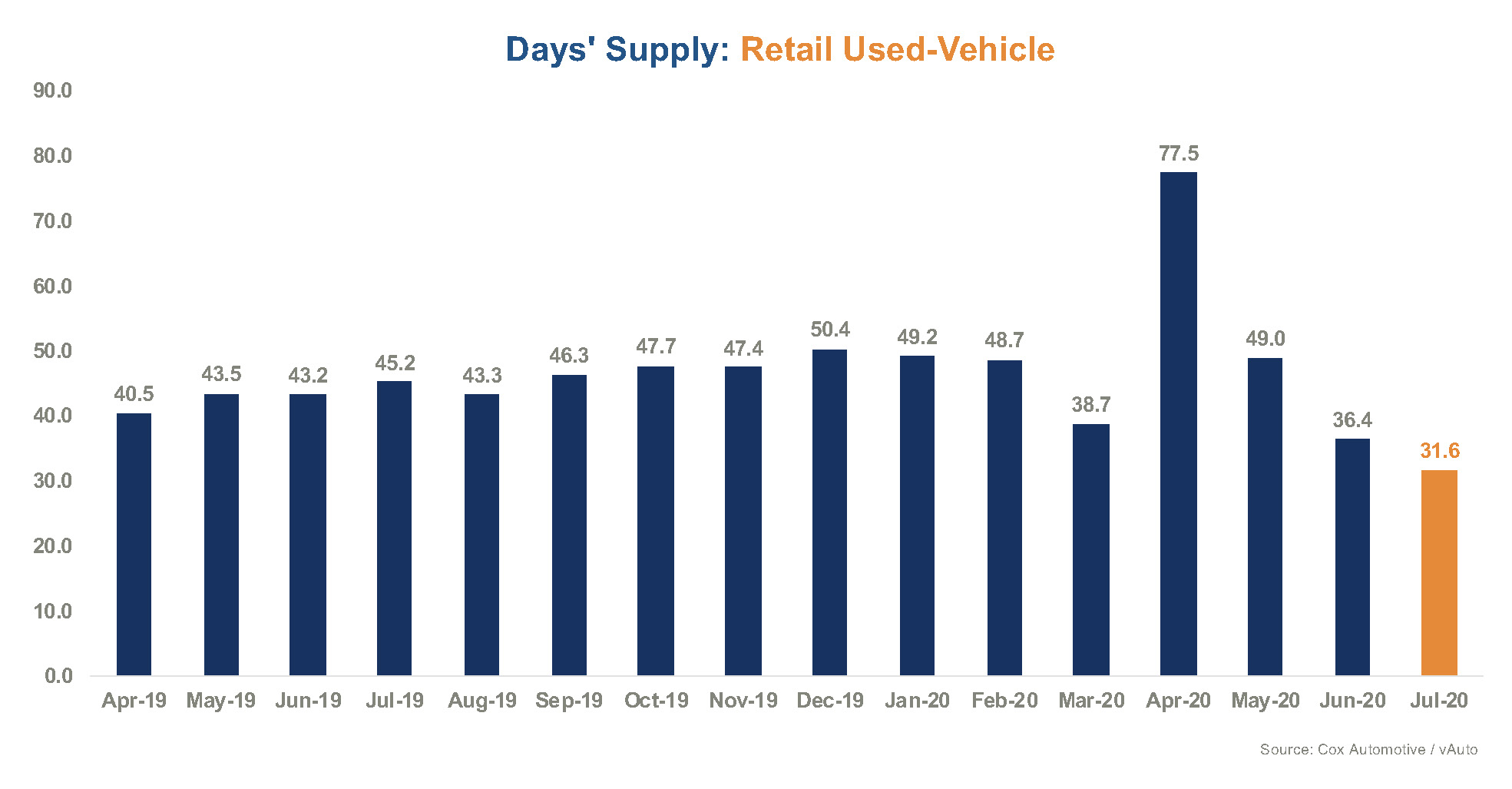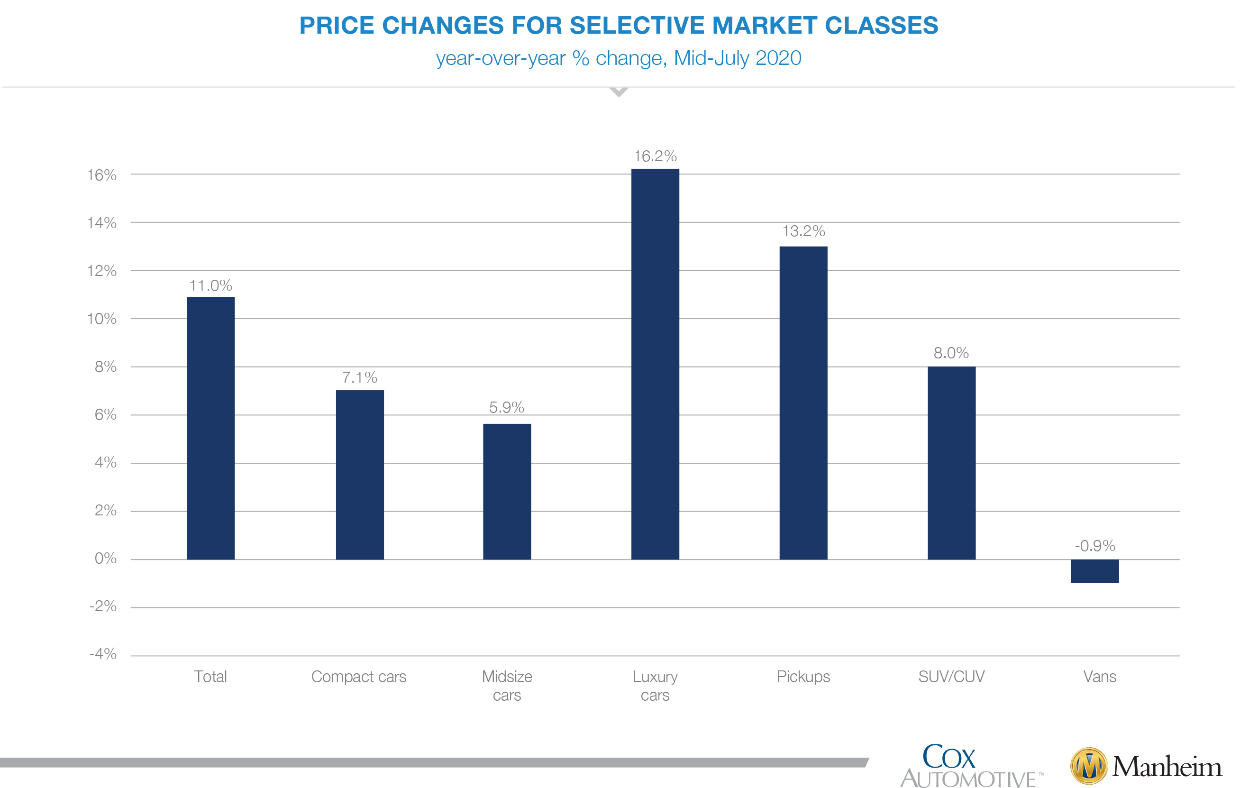Top Ten Reasons To Use Mail To Advertise Used Cars
Direct Mail still provides one of the highest ROIs in marketing when it comes to reaching customers. Check out this list of the top 10 reasons to use mail specifically for used cars.
1. Dealers have a historically low inventory of used vehicles.

2. The media is now reporting that there is a used vehicle shortage, making mail or advertising more credible when asking to buy their vehicle.
3. Dealers need to be super sharp digitally and in their communications with customers during this shortage. Finding out what their current car is worth (63%), and locating a dealer or getting dealer info (46%) are the top consumer shopping destinations (AutoTrader).
4. Even if every dealer in a market is advertising “we need your car,” your dealership should still advertise it. Customers will always shop more than one offer and you want your dealership to be included.
5. It takes 6 to 8 weeks to receive a new vehicle once ordered from the factory. Current dealership inventory is probably less desirable than inventory your dealership had 4 to 6 weeks ago. Traffic sells cold product.
6. Dealers need the inventory.
7. A “trade-in” is almost always better than a vehicle obtained at auctions. Trade-ins are unique and therefore represent a greater profit opportunity.
8. Used vehicle auction prices are on the increase. On a year-over-year basis, most major market segments saw seasonally adjusted price increases in the first 15 days of July. Luxury cars and pickup trucks outperformed the overall market, while most other major segments underperformed the overall market.

9. The easiest customer to convert is an existing customer. Dealers at a minimum should be mailing and emailing their owners.
10. The CARES ACT. If the CARES ACT is extended, you’ll have consumers possibly looking for a used vehicle based on enhanced unemployment income. If the CARES ACT is not extended, you may have consumers looking for cash or lowering existing payments.
